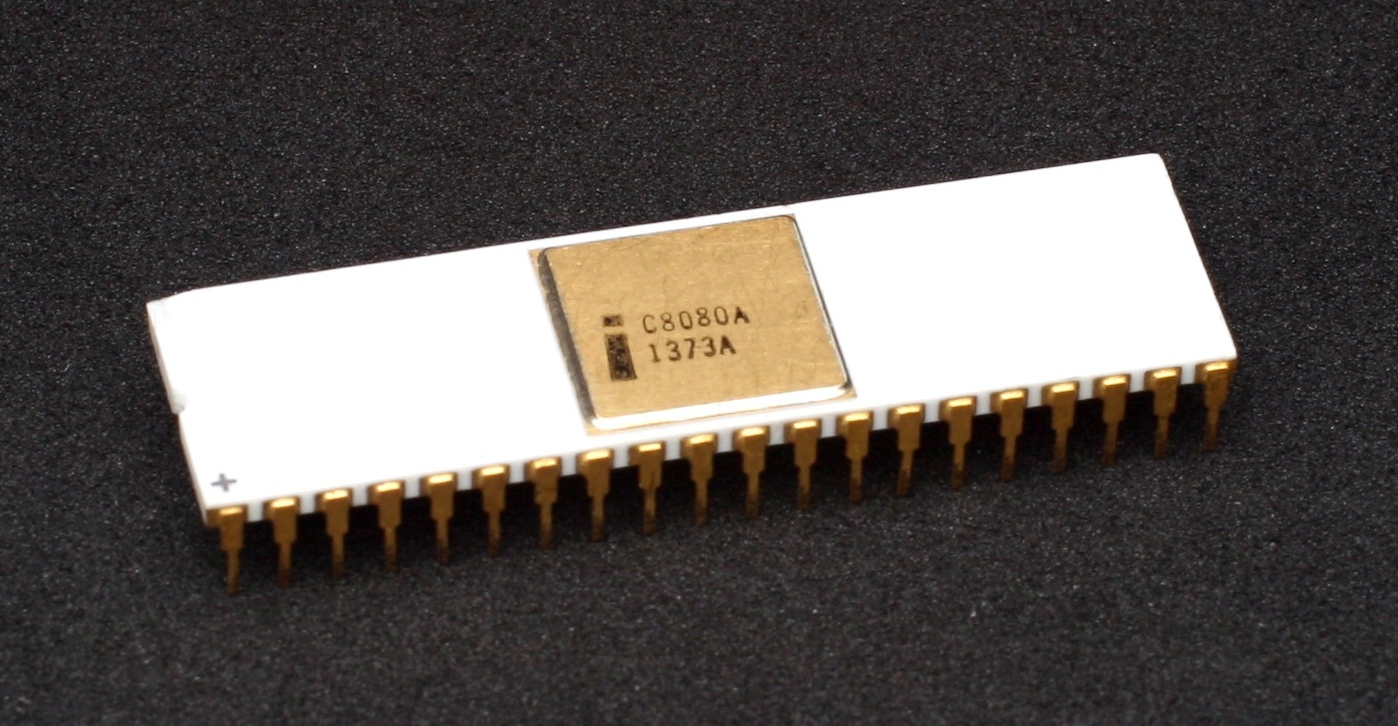The Intel x86 Architecture: A Look at its Past, Present, and Future (Part-3)
Tracing the Evolution of the Intel x86 Architecture From Pentium to Core

Photo by Rubaitul Azad on Unsplash
In the previous blog, we discussed the History of computers and how they evolved. But there's something else that has evolved faster than computers. Yes, you imagined it right. They are Microprocessors. Over years, Microprocessors have grown faster and more complex. In this blog, we will be discussing Intel x86 architecture and its importance.
Introduction
The Intel x86 architecture is one of the most influential and widely used processor architectures in the world today. From its humble beginnings in the early 1980s to its current dominance in the PC industry, the x86 architecture has undergone significant changes and improvements over the past few decades.
Let's discuss the history, current state and future prospects of the Intelx86 architecture. It doesn't matter whether you are a student of computer science or not this blog is for everyone. So, let's dive in and explore the legacy and potential of this powerful and versatile processor architecture.
History
Intel introduced its first microprocessor, the Intel 4004, in 1971. The company continued to develop and produce increasingly powerful microprocessors, including the popular Intel 8086 and 8088 CPUs, which formed the basis for the x86 architecture, beginning in the late 1970s and early 1980s. Today, Intel is one of the largest manufacturers of microprocessors in the world. Let's have a look at all of its Processors from the past.⌛
Early 8-bit processors:

- Intel 8080 (1974): One of the earliest 8-bit microprocessors, used in the first commercially successful personal computer, the Altair 8800.
Early 16/32-bit processors:

Intel 8086/8088 (1978): 16-bit microprocessors used in the original IBM PC and its clones.
Motorola 68000 (1979): 16/32-bit microprocessor used in various computers, including the Apple Macintosh and the Commodore Amiga.
Mid-1980s processors:
💻Intel 80286 (1982) - 16-bit microprocessor with improved performance and support for virtual memory, used in the IBM PC/AT.
💻Intel 80386 (1985) - 32-bit microprocessor with improved performance and support for multitasking, used in early versions of Microsoft Windows and various Unix systems.
Late 1980s and 1990s processors:
Intel Pentium (1993) - A popular microprocessor that introduced superscalar architecture, which allows multiple instructions to be executed in parallel. 🚀
Intel Pentium Pro (1995) - A high-performance microprocessor with advanced RISC-based architecture. 💻
Intel Pentium II (1997) - An improved version of the Pentium Pro, with support for multimedia instructions and better performance. 📈
AMD Athlon (1999) - A high-performance microprocessor with an advanced superscalar architecture, used in gaming and multimedia applications. 🎮
Intel Pentium 4 (2000) - A high-performance microprocessor with an advanced NetBurst architecture, designed for multimedia applications. 🎥
2000s processors
👉Intel Core 2 (2006) - A popular microprocessor series with improved performance and energy efficiency, used in laptops and desktops.
👉Intel Core i7 (2008) - A high-performance microprocessor with improved multi-threading and support for advanced instructions.
Both of these processors have been highly influenced in shaping the computer industry over the past few decades. These microprocessors have paved the way for newer and even more powerful processors, as the demand for faster and more efficient computing continues to grow.
Modern processors
AMD Ryzen (2017) - 🚀 A high-performance microprocessor series with an advanced Zen architecture, used in gaming 🎮 and workstation 💼 applications.
Apple M1 (2020) - 🍎 A microprocessor designed by Apple, based on ARM architecture, used in Mac computers 💻.
Of course, this list is not exhaustive, and many other microprocessors have been used over the years. However, these are some of the most notable and influential ones. 👍
Future of Microprocessors
🤔 Although it's difficult to predict the exact future of microprocessors, new technologies and advancements are emerging constantly. However, we can predict some potential future developments in the world of microprocessors.
💪 As technology continues to advance, chips will likely become more powerful than they are already and hence we can see an increase in processing power.
🤖 Microprocessors are being integrated with other technologies, such as AI, ML and IoT. This trend will likely continue. (This is a very important point and I will talk about this in the next blog of this series)
🔍 As the demand for these processors is increasing it's like that we could see a shift towards more specialized processors.
🔋 With time Microprocessors may continue to become more power-efficient with reduced energy consumption and longer battery life.
💡 There is also a possibility of developing new processor architecture. There may be the development of entirely new processor architectures that are optimized for specific applications or offer new capabilities, such as quantum computing or neuromorphic computing.
Conclusion
The Intel x86 architecture has come a long way since its inception in the early 1980s. 💪 From its humble beginnings, it has grown into one of the most widely used and influential processor architectures in the world today. 🌎 As technology continues to advance, it's exciting to think about the potential future developments in the world of microprocessors. 🔮 With the integration of AI, ML, IoT, and other technologies, we can expect to see more specialized processors, increased processing power, reduced energy consumption, and longer battery life.🔋
If you are really enjoying this series and want to know more about microprocessors, stay tuned for my next blog. Where I'll dive deeper into the integration of microprocessors with AI, ML, and IoT. Also, feel free to leave your comments and questions below, and I'll respond to them all. 😄❤️